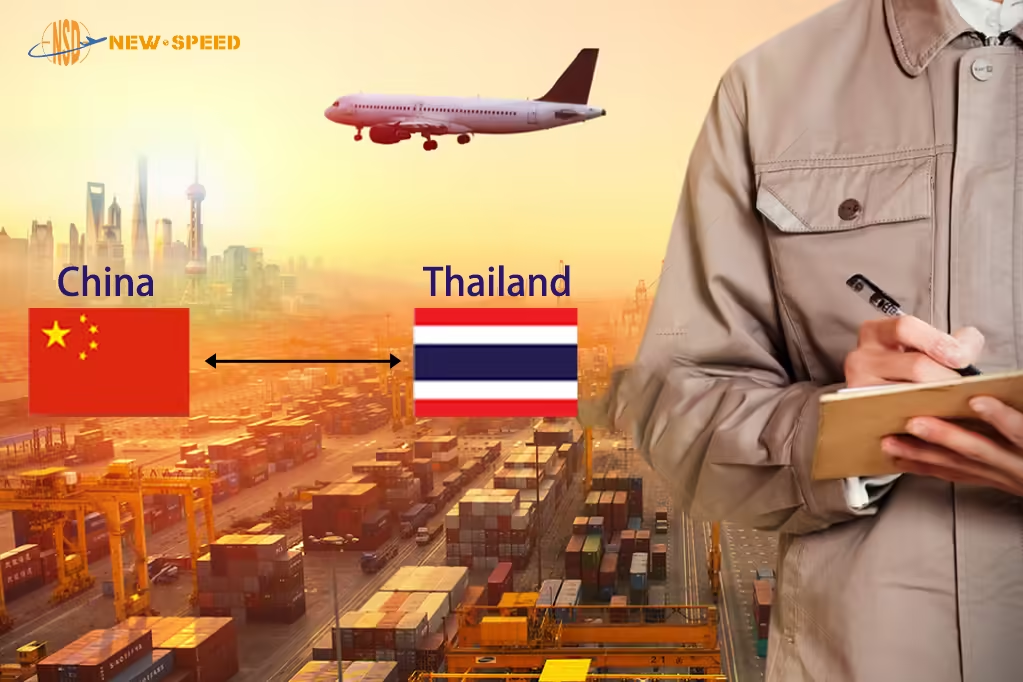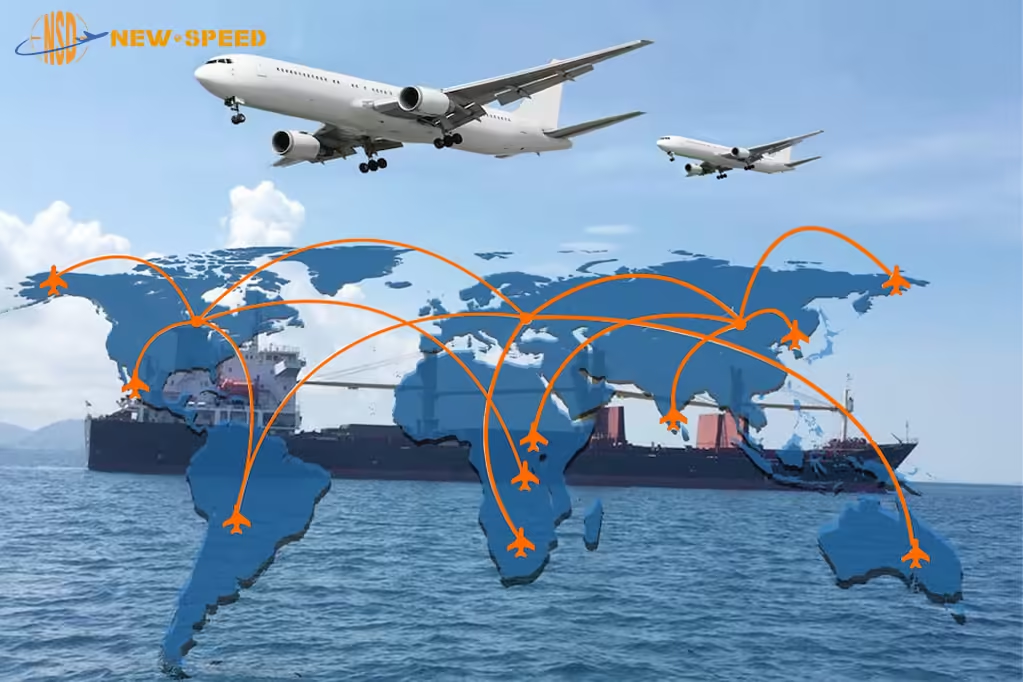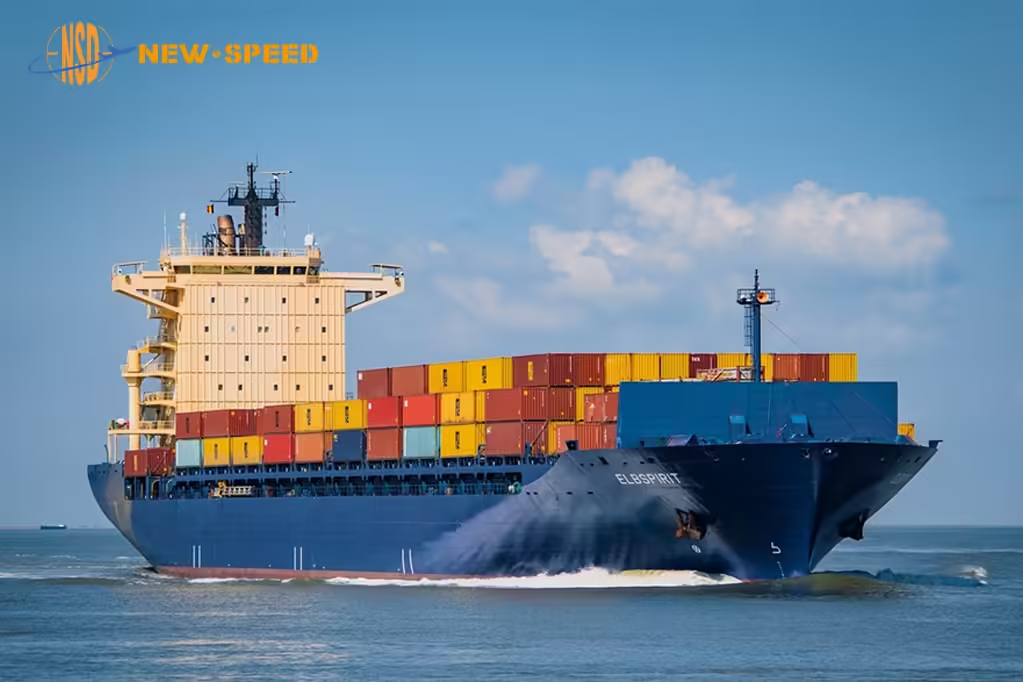In recent years, DDP (Delivered Duty Paid) Shipping has emerged as an advanced shipping model that is gaining increasing recognition in commercial activities between China and Thailand.This model not only simplifies operational processes but also provides higher certainty and convenience for both buyers and sellers.This article explores DDP shipping’s benefits, challenges, and practical applications, providing strategies for seamless China-Thailand cargo transport and success in international markets.
What is DDP Shipping?

DDP (Delivered Duty Paid) is a term used in international trade, specifically it is part of the International Commercial Terms (Incoterms). DDP means the seller assumes the maximum responsibility, as the seller is responsible for transporting the goods to the destination specified by the buyer and paying all related costs in the process, including but not limited to transportation costs, insurance, export and import clearance fees, as well as all taxes and duties (such as tariffs, VAT, etc.) required to be paid upon arrival in the destination country.
Under DDP terms, the seller not only bears the risks associated with the transportation of the goods but also must handle all matters related to the import regulations of the destination country. This means the seller must ensure that the goods comply with all legal requirements of the destination country and handle any administrative procedures that may be involved.
For the buyer, DDP terms provide great convenience because they do not have to worry about any details concerning international transportation and the import process. However, for the seller, this increases their level of responsibility and potential costs significantly.
Benefits of DDP Shipping
Clear Responsibility Allocation
For the buyer, the DDP term signifies that the seller is responsible for covering all expenses from transportation, customs clearance, duties to value-added tax (VAT), until the goods safely arrive at the destination designated by the buyer. This means that the buyer doesn’t have to worry about any unexpected costs or procedural issues that may arise during international shipping.
Cost Control and Budget Planning
The buyer can ascertain the total cost of the goods early in the transaction since all transportation and tax costs are already included. This is highly advantageous for financial planning and cost control.
Simplified Procurement Process
The buyer is spared from dealing with complex international logistics and customs clearance procedures, which are typically handled by the seller or a logistics company appointed by the seller, thus simplifying the buyer’s procurement process.
Risk Transfer
Under DDP terms, all risks of loss to the goods prior to their arrival at the destination and delivery to the buyer (such as loss, damage, or delay) are borne by the seller. This provides the buyer with additional security.
Enhanced Customer Experience
For multinational e-commerce companies or exporters selling directly to consumers, DDP can offer a smoother shopping experience because end consumers do not have to deal with any extra fees or customs clearance matters.
Facilitation of Trade
The DDP term lowers the barrier to entry for imports, particularly for small businesses or first-time importers, as it avoids their having to confront complicated international logistics and customs clearance challenges.

Challenges of DDP Shipping
Increased Costs
The seller is responsible for all expenses related to transportation, insurance, duties, taxes, and other associated fees until the goods reach the final destination specified by the buyer. This can result in a substantial increase in costs, impacting profit margins.
Increased Complexity
The seller must be knowledgeable about and adhere to the import regulations and tax policies of the buyer’s country. This can involve complex paperwork and compliance requirements, adding to logistical and administrative burdens.
Risk Assumption
Prior to the delivery of goods to the buyer, all risks, including loss or damage during transportation, are borne by the seller. This may necessitate additional insurance coverage, further increasing costs.
Customer Service and Support
The seller is required to provide comprehensive customer service, including handling logistics issues, customs clearance obstacles, and potential return or exchange requests, which may require additional investment in manpower and resources.
Supply Chain Management
The seller needs to coordinate with multiple logistics providers and agents to ensure smooth passage through customs in various countries, adding complexity to supply chain management.
Practical Steps for DDP Shipping from China to Thailand

Select a Reliable Logistics Partner
Choose a うんそうとりあつかいにん with expertise in both Chinese and Thai customs regulations to ensure smooth clearance and delivery.
Documentation
Prepare all necessary documents including commercial invoices, packing lists, and any specific certificates required by Thai authorities.
Work with your logistics partner to ensure all goods are properly declared and all taxes and duties are paid.
保険
Choose comprehensive insurance coverage to safeguard against various unforeseen events during transit, ensuring cargo safety and reducing the risk of accidental loss.
Delivery
Coordinate the final leg of the journey meticulously to ensure timely delivery to the specified address in Thailand, maintaining schedule reliability.
You may want to know :a reliable logistics provider
DDP Shipping from China to Thailand provides a convenient and efficient solution for companies that wish to minimize their involvement in logistics. In today’s fast-paced business environment, choosing the right shipping method can significantly impact operational efficiency and maintaining good relationships with international partners. Properly implemented DDP shipping can be a valuable tool in global trade.

